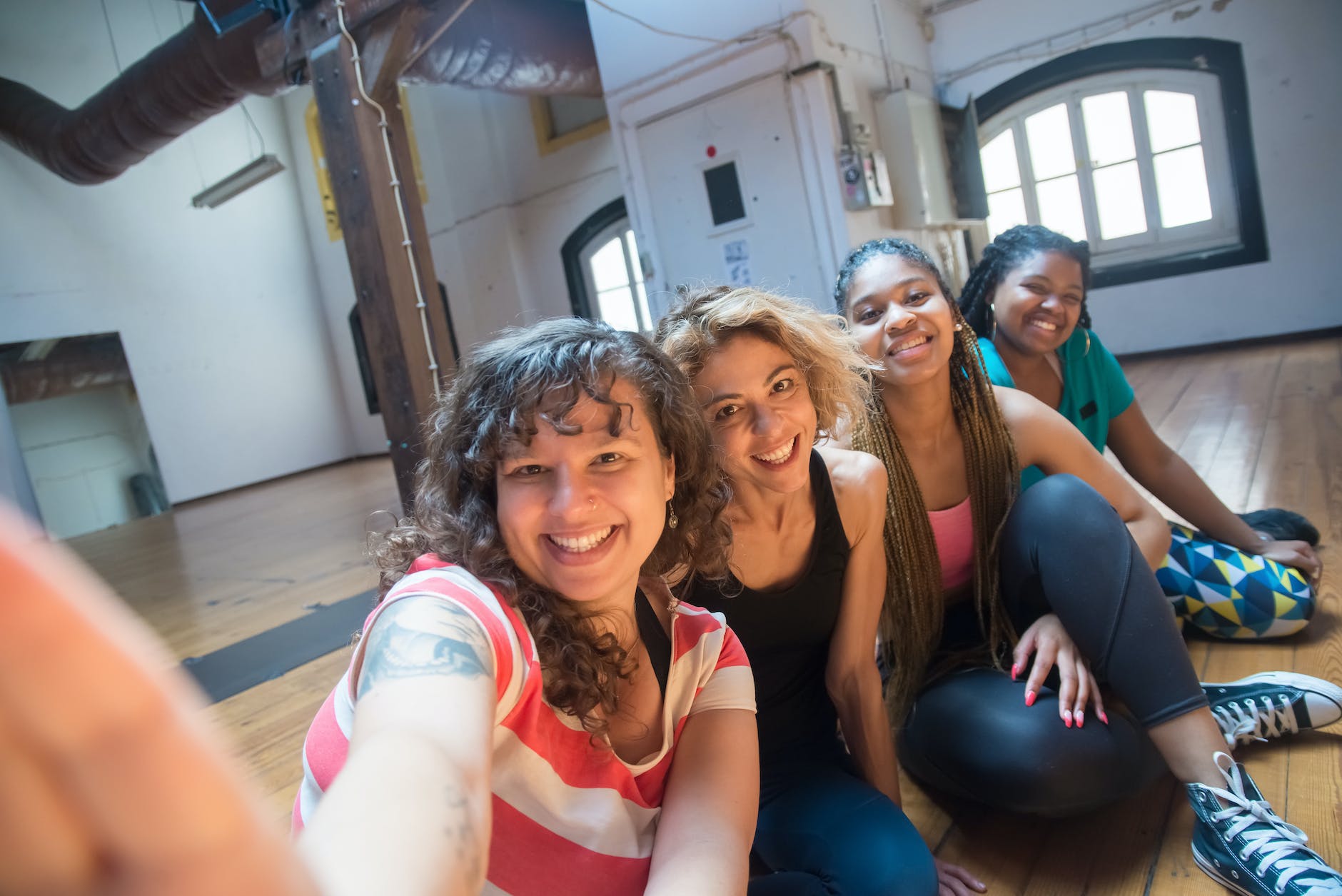Artists benefit from surrounding themselves with art. Inspiration for their own practice often comes from the art they immerse themselves in, and the artists they know and collaborate with. That’s why building a community of creatives is such an important part in developing your career. But networking can be daunting. Whether you’re just breaking into the professional arts scene for the first time, or you’ve moved to a new city and are faced with the task of rebuilding your network from the ground up, here are seven steps to help you integrate into your dance community.
#1. Find the local dance hub.
Where does everyone take class? Big arts hubs like New York and Los Angeles have famous open class studios like Steps on Broadway and Millennium Dance Complex, but not every city has something similar. Step one is finding where the rest of the dancers in the city go to keep their technique sharp.
Bonus: some studios have work-study programs. By putting in a set number of hours a week helping out at the studio, you can receive discounted or free classes. It’s a great way to cut costs, and puts you at the studio surrounded by others in the industry for more hours out of the week.
#2. Take class.
This is a given. Once you’ve found your spot, or a few spots if you’re lucky, take as many classes as you can physically and financially afford. Talk with the other dancers (before or after class, of course, not during) about the city’s scene. Not only are you making friends, but they can show you the ropes, and might be able to help you out with #3-6.
#3. Go see shows.
You can’t expect to delve into an arts scene without going to see the art that’s out there. Find local venues and study their season lineups. A lot of venues sell discounted tickets to students or working artists.
Bonus: working as an usher means you get paid to watch each show, multiple times! Some venues hire ushers on a volunteer basis as well.
#4. Build your rolodex.
What companies are based here? Who are the big choreographers in town? Check out their work, read their dancers’ bios, see where you might be a good fit. If they teach, go take their class. Introduce yourself afterward.
#5. Rig your social media.
Networking always works better in person. But social media can help you keep up to date with artists that you’re interested in working for or collaborating with. You can rig your feed to help keep you in the loop by following the friends you meet in class and the choreographers whose shows you go see. It’s a great way to see what they’re up to now, and possibly get involved with what they have coming up soon. This way you’ll never miss an audition announcement.
#6. Find an agent…maybe.
If you’re at this point in your career, and are booking enough work to afford paying agency fees, an agent might be a good step. They expand your network significantly, and help you find work you didn’t know was out there. Be wary, though; not every dancer needs an agent, and not all agents are created equal. Make sure your agency knows the area, and has connections specific to dance. Look at who they represent, and what sort of work they’re getting. Is that the kind of work you want to do?
#7. Make a name for yourself.
If you choreograph, find local festivals and set your own works on your newfound friends. If you teach, offer your services to schools in town. Or once you’ve gotten to know a few people, organize a social event, host a housewarming for yourself. You can create your own networking event just by inviting a few acquaintances out for coffee. Networking doesn’t have to be scary; you can do it on your own terms.
Between attending class, buying tickets to shows, and paying audition fees, delving into a new dance scene can get expensive. But showing up in person is still the best way to get your name out there, and for you to experience the art you’re trying to be involved in firsthand. Those costs are your business expenses as a dancer (and business expenses are tax deductible!). Using the bonus tips mentioned above can help cut down spending, too.
We all know the dance world is small. But it still takes effort, and is worth the effort, to learn everybody’s name. Good luck, and see you out there!
By Holly LaRoche of Dance Informa.













